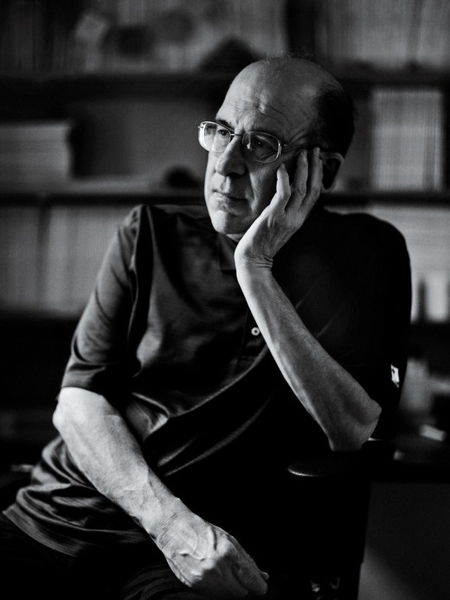Allan Gottlieb ’67 will celebrate his 50th reunion this week at MIT. During his junior year at MIT, he started the Puzzle Corner, a math and puzzle column that still appears in MIT Technology Review magazine. In advance of his reunion, Gottlieb, who was profiled by Tech Review in 2015, spoke to Slice of MIT about the evolution of the Puzzle Corner.
Q: How do you choose the problems for each issue?
A: My queue is so big I can afford to be fussy. In the early days, I was scrounging around trying to find problems. My main job isn’t to decide whether I think a problem is interesting, but whether or not the readers will find it interesting.
Q: Do you solve every problem before it’s published?
A: No! But I need to know that there is a solution. I need to look at it and more or less understand it. If I have to publish three different solutions, it won’t work because I only have two pages to work with. It’s still a miracle that we can fit into two pages every issue.
Q: How many solutions do you receive to each problem?
A: I only publish four problems per month and I can get up to 50 solutions to each problem. It can be a marathon day or two when I put the Puzzle Corner together. he hardest part is choosing the solutions.
Q: How do you decide which solutions to publish?
A: There are some beautiful looking solutions with very different answers. But if five people whose names I recognize all answer ‘3 π over 7,’ then there’s very little back and forth needed.
Q: What’s the biggest different from when you started your column in 1965 compared to now?
A: When I started the column, the column wasn’t fixed in length. I actually wrote all of the problems and most of the solutions in my dorm room. Now none of the problems are mine. I was always called the ‘editor’ but now it’s actually true. I work on soliciting problems from readers and deciding which ones to publish. That wasn’t the case 50 years ago.
Q: What’s your favorite solution?
A: My favorite solution came from R. Robinson Rowe, class of 1918. It came down to solving 17 linear equations and 17 unknowns, standard linear algebra problem. He send along the answer, and he did it with pencil and paper. He was very old at the time, and he did a large linear system with pencil and paper in full detail. I’ll never forget that one. I couldn’t include the solution because it would have been much more than three columns!
Q: What’s your favorite problem?
A: I remember a speed problem I submitted back in the 60s: If a chicken-and-a-half lays an egg-and-a-half in a day-in-a-half, how many eggs do six chickens lay in six days? It was a standard parlor question that I’m sure I had heard somewhere before.
Q: Are you proud that your column has been around for more than 50 years?
A: I can’t name another column that’s been around for this long. That’s longer than I’ve been an MIT alum and longer than I’ve been married, and I’ve been married since 1972. But I’m not the draw of the column. It’s about people who like problems, and really like their solutions.
Q: Will you be quizzing any of your classmates at your reunion next week?
A: For sure, but not with puzzles. More likely if they remember when John Rudy ’67 complained that my throws from short hurt his hand at first!
Tech Reunions 2017 takes place June 8–11 for 50th–70th reunion classes and June 9–11 for 5th–45th reunion classes. Visit the Tech Reunions homepage for more information and how to register on-site.







